
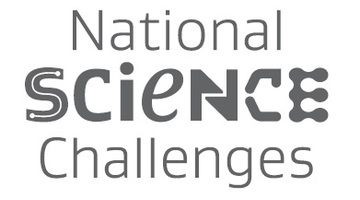
As New Zealanders looking to the future, we are faced with many opportunities – and challenges. These include improving the health of all our people, advancing our economic growth, protecting our ...
READ MORE
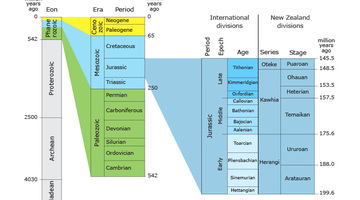
Many of us are familiar with some names for parts of Earth’s distant past. There’s the Jurassic, made famous in the movie Jurassic Park, and the Cretaceous, when dinosaurs roamed New Zealand, but ...
READ MORE

Relative dating is used to arrange geological events, and the rocks they leave behind, in a sequence. The method of reading the order is called stratigraphy (layers of rock are called strata) ...
READ MORE
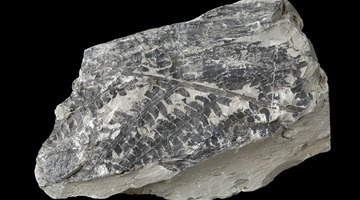
In this activity, students date fossils from one site by matching them to fossils already dated somewhere else. They use real data from Mangahouanga, made famous by paleontologist Joan Wiffen. By ...
READ MORE
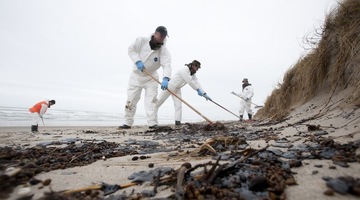
In this activity, students consider short-term and long-term responses to an environmental disaster such as the Rena. By the end of this activity, students should be able to: describe what might ...
READ MORE

In this activity, students will make a container using a composite material made from fabric strips (the reinforcement) and a flour and water paste (the matrix). They will choose a function that ...
READ MORE
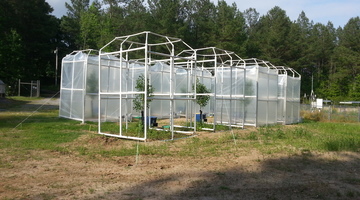
By comparing some features of fossilised plants with the same features of plants living today, scientists hope to be able to learn more about the effect of changing carbon dioxide (CO2) levels in ...
READ MORE

Be part of a worldwide movement and use Global Earth Challenge to submit or classify photos to help our planet’s environment and human health. Global Earth Challenge is a citizen science campaign ...
READ MORE

This citizen science project wants your assistance to extract information from various climate scientific graphics to help combat misinformation and support scientific communication. Using this ...
READ MORE

Long ago, according to the legend of Māui, the Sun was the focus of attention. People wanted more daylight and warmth to get their jobs done. Māui schemed to harness the Sun. Rights: Tim Tripp ...
READ MORE

In the primary classroom, even though teachers and students generally spend the day together, it cannot be assumed that students will experience their learning as coherent, connected or ...
READ MORE

Freshwater is defined as inland water – springs, streams, rivers, lakes and wetlands. It includes water that is stored in glaciers and under the ground within soil and in aquifers. Freshwater is ...
READ MORE
Dr James Crampton explains that all geologists need to know the age of the rocks they work with. At GNS Science, important research continues to make the New Zealand geological timescale more ...
READ MORE
Professor Simon Kingham, from the University of Canterbury, discusses how air pollution can be made up of many components. The size and amount of particulates in the air can give a measure of the ...
READ MORE
ESR scientist Dr Wendy Williamson is developing a method for detecting viruses in the water. She is also monitoring waterways so that a standard for safe drinking water can be developed. The ...
READ MORE
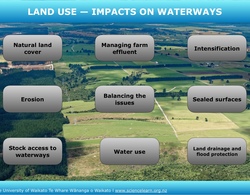
Discover some of the issues involving land use and water quality. Click on the labels for more information. Select here to view the full transcript and copyright information.
READ MORE
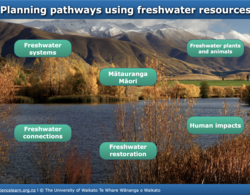
This interactive groups Hub resources into key science and mātauranga Māori concepts. Select here to view further information, the full transcript (with PDF download option) and copyright ...
READ MORE

Use this interactive graphic organiser to explore your personal views and values relating to water. Place each statement card where you feel it belongs. There are no right or wrong answers.
READ MORE